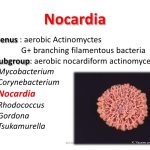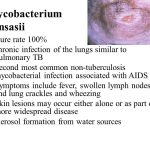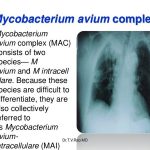
The lesions of primary syphilis appear at the site of inoculation after an incubation period that is inversely proportional to the number of infecting organisms, usually 3 weeks (Box 1). The chancre is an ulcerative lesion that varies in size from several millimeters to 2 cm.









